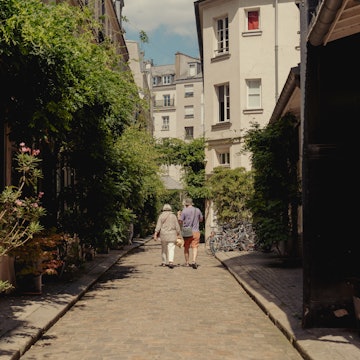
How to plan your trip to the 2026 Winter Olympics in northern Italy

Jul 11, 2025 • 7 min read

A downhill ski run in Cortina d’Ampezzo, where the alpine skiing competition of the 2026 Winter Olympics will take place. Krzysztof Nahlik/Getty Image
In the grueling competition among major international sports events, the Winter Olympics contend for gold.
Who can resist the combination of high-speed thrills, snowy mountain scenery and cutting-edge glamour on the ice? And now just months away, the Milano Cortina 2026 Winter Olympic and Paralympic Games promise to be especially dazzling.
This is the first Winter Olympics to have two host cities: cosmopolitan Milan and chic ski resort Cortina d’Ampezzo. This fashionable duo feels just right for these games – this is Italy, after all – but the distance between venues (the cities lie over 400km/250 miles apart) does make for challenging logistics. Indeed, Olympics fanatics should anticipate the most geographically widespread Winter Games in history. If you are planning to get around Italy by public transport, for example, Milan is over a six-hour journey from Cortina, while Predazzo (a venue for ski jumping and the Nordic combined) is closer to Innsbruck than to Milan.
Yet since we know you love a challenge, read on to find out everything you need to know about attending the 2026 Winter Games, in all their far-flung glory.
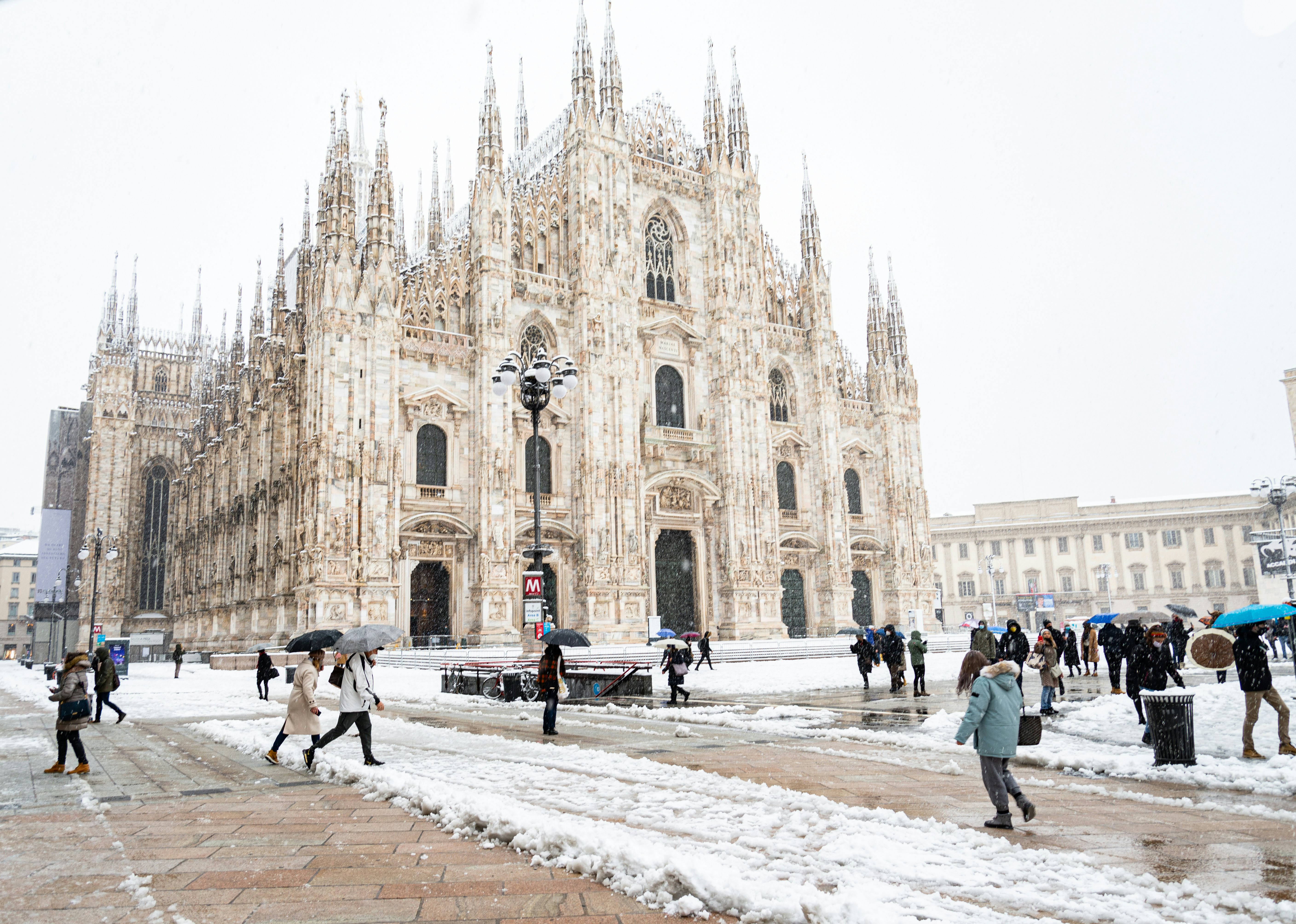
When are the games taking place?
The opening ceremony will be at Milan’s San Siro Stadium (and three other venues) on Friday, February 6, 2026. Jumping the starting gun, however, is the curling competition (always a fan favorite), with premlinaries kicking off in Cortina on Wednesday, February 4. Ice hockey in Milan and snowboarding in Livigno follow on Thursday, February 5. The final sporting contests will conclude, and the closing ceremony (in Verona) will take place, on Sunday, February 16.
It’s back to Verona on Friday, March 6, for the opening ceremony of the Winter Paralympics. These run through Sunday, March 15, with the closing ceremony at Cortina’s Ice Stadium, which hosted the opening ceremony of the 1956 Winter Olympics.
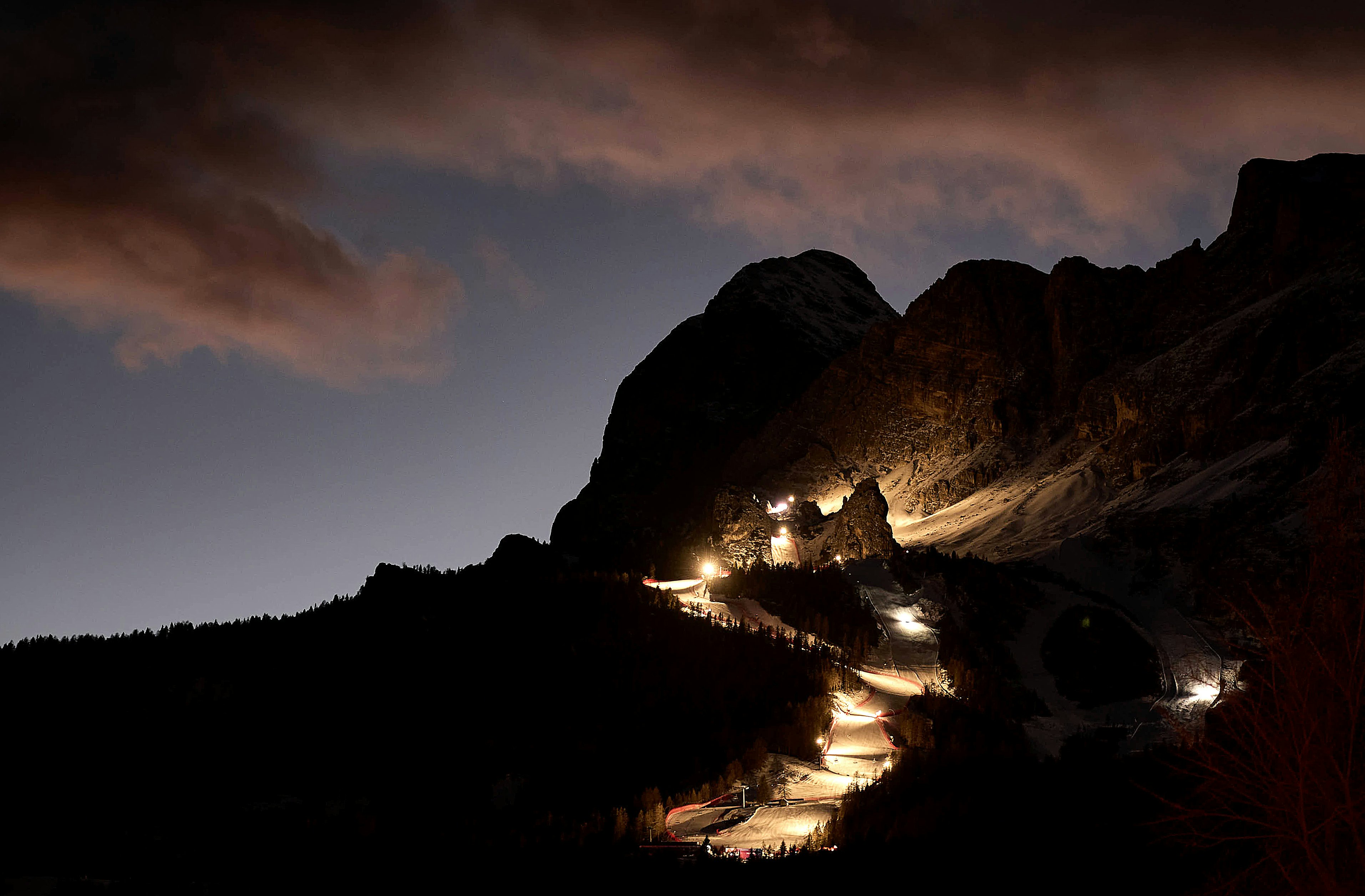
Where will the 2026 Winter Olympics take place?
Head to Milan for figure skating, speed skating and ice hockey. Cortina will host curling, bobsled, skeleton and luge. Its iconic 2560m (8398ft) Olympia delle Tofane run is reserved for women’s alpine skiing.
Bromio is the access point for Stelvio National Park, where the ski mountaineering and men’s alpine skiing events will take place, while rugged Livigno will host freestyle skiing, moguls, aerials events and snowboarding.
The biathlon will happen at Anterselva, about an hour’s drive north of Cortina. Predazzo in the Latermar Dolomites will host ski jumping and Nordic combined at Predazzo in the Latermar Dolomites, with more Nordic combined and cross-country skiing at Tesero.
(See what we mean about “widespread”?)
Verona’s Roman Arena (completed in 30 CE) will provide a suitably spectacular setting for the Olympics closing ceremony and Paralympics opening ceremony.
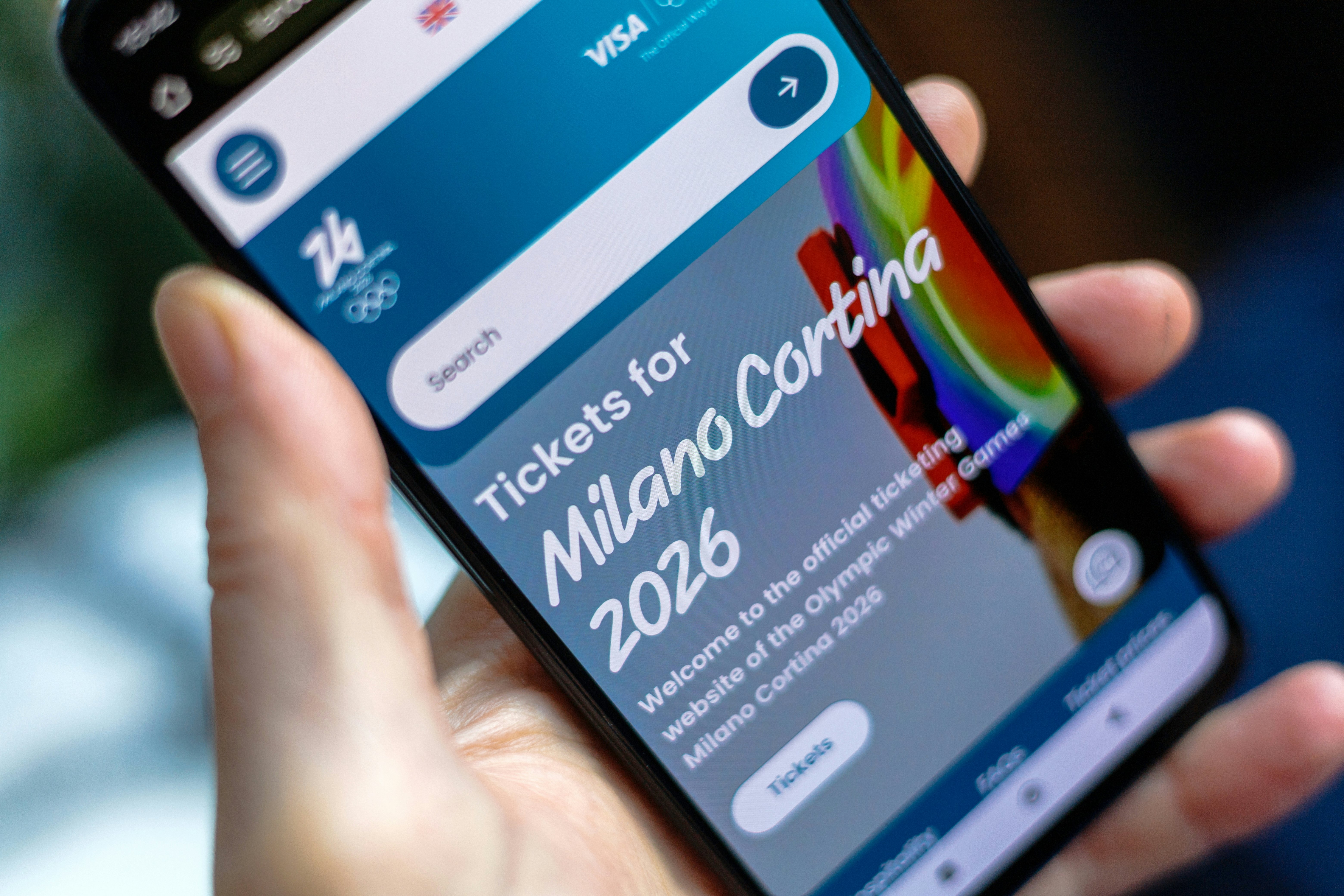
How can I buy tickets?
Tickets for all events went on sale to the general public in April. (An earlier sales window, in February, saw some 40% of the total tickets get snapped up.) While only premium-priced seats remain for such popular sports as figure skating, ice hockey and alpine skiing, many tickets for other sports are still widely available. Plus, additional batches of tickets may be released in the coming months – meaning you might still be able to see skaters land triple axels for under €650 (US$764).
Note that the official Winter Games ticketing website is the only authorized vendor for tickets. Pursue purchases through third parties at your own risk.
How do I get there?
If you are flying, the main gateways are Milan's Malpensa and Venice's Marco Polo airports (Marco Polo being the closest airport to Cortina). You might also want to investigate flights into the airports at Verona and Treviso, both served by low-cost airlines. Innsbruck Airport is an option for Predazzo.
Traveling by train in Italy is not just better for the environment: fast and extensive services all over northern Italy (and all over Europe) make it convenient, too. The premium TGV inOui direct train, for example, connects Paris with Milan in around eight hours.
It’s possible (if ambitious) to hop on a morning Eurostar train out of London and travel from the UK to Italy via Paris in under 12 hours. Another option is to connect with European Sleeper services in Brussels for overnight trains to Innsbruck, Bolzano, Verona and Venice.
Once in the region, you’ll need to work out how to get the various geographically scattered events. Authorities have promised enhanced public-transport options during the games, with extended operating hours and increased frequency, particularly in Milan. Shuttle buses will connect train stations and park-and-ride lots with the competition venues, especially in mountain areas.

Will I need a visa?
Visa requirements for Italy depend on the passport you hold. EU nationals don’t need a visa. Travelers from the UK, Canada, New Zealand, the USA and Australia can stay for up to 90 days in any six-month period without a visa. Other travelers should check the SchengenVisaInfo website.
What about accommodations?
Where to stay will depend on the events you wish to attend. If you’ll all about figure skating, for example, then you’re likely to stay in or close to Milan. Since accommodations there and in Cortina will be at a premium, you might consider alternative regional bases, including Trento, Bolzano, Treviso and Verona.
Do some advance planning at the Winter Olympics website on the venues, and investigate travel times from your preferred base.
Which destinations in northern Italy should be on my short list?
Milan: fashion and finance capital
Any itinerary that includes Milan will take you past the city’s varied architecture, lights glittering on the canals at night, and the magnificent Duomo, a vision in Candoglia marble, tinged pink by the sun. This is a city dense with history and art, from Leonardo da Vinci’s The Last Supper, hidden away on a wall of the refectory adjoining the Basilica di Santa Maria delle Grazie; to the contemporary creations at Fondazione Prada, in a redeveloped 1910 distillery. You can browse chic boutiques and the Quadrilatero d’Oro, savor an aperitivo in the Navigli area and swoon to the arias belted from the stage at La Scala.

Cortina d’Ampezzo: glamour in the Dolomites
Seventy years after it first hosted the Winter Olympics, Cortina d'Ampezzo is back in the spotlight. Featuring 13 black slopes, including the legendary Staunies black mogul run, this ski resort is Italy’s most exclusive. It’s not just about skiing, though, for the village of Cortina sports stone church spires and pleasant cascading piazzas framed by magnificent mountains. The Cortina Skyline is an incredible 15-minute gondola ride connecting Tofane with the 5 Torri area. A glamorous mix of the wealthy and the beautiful can be spotted along the central shopping street, Corso Italia, sporting, admiring or buying the latest winter looks from the most deluxe labels.
Bolzano and Trento: alpine scenery and an ancient ice man
Bolzano and Trento provide access to the Dolomites. The big draw of Bolzano’s Museo Archeologico dell’Alto Adige is the remarkably preserved 5000-year-old cadaver known as Ötzi. (It’s the oldest “wet” mummy – meaning one whose individual cells remained hydrated enough for extensive research – ever found.) Bolzano’s imposing 10th-century CE castle houses Messner Mountain Museum Firmiano, founded by local mountaineer Reinhold Messner.
A stroll around underrated Trento will show you how the town’s Roman origins intermingle seamlessly with stone castles, signature medieval frescoes and Austrian-baroque flourishes. Don’t miss Renzo Piano’s stunning MUSE, a family-friendly science museum exhibiting an amazing collection of suspended taxidermy. Some 25km (16 miles) south of Trento, Swiss architect Mario Botta’s steel, glass and marble Museo di Arte Moderna e Contemporanea Rovereto houses an intriguing mix of works by the likes of Andy Warhol; video artist Bill Viola; and Giacomo Balla, a leading proponent of the Futurism art movement.
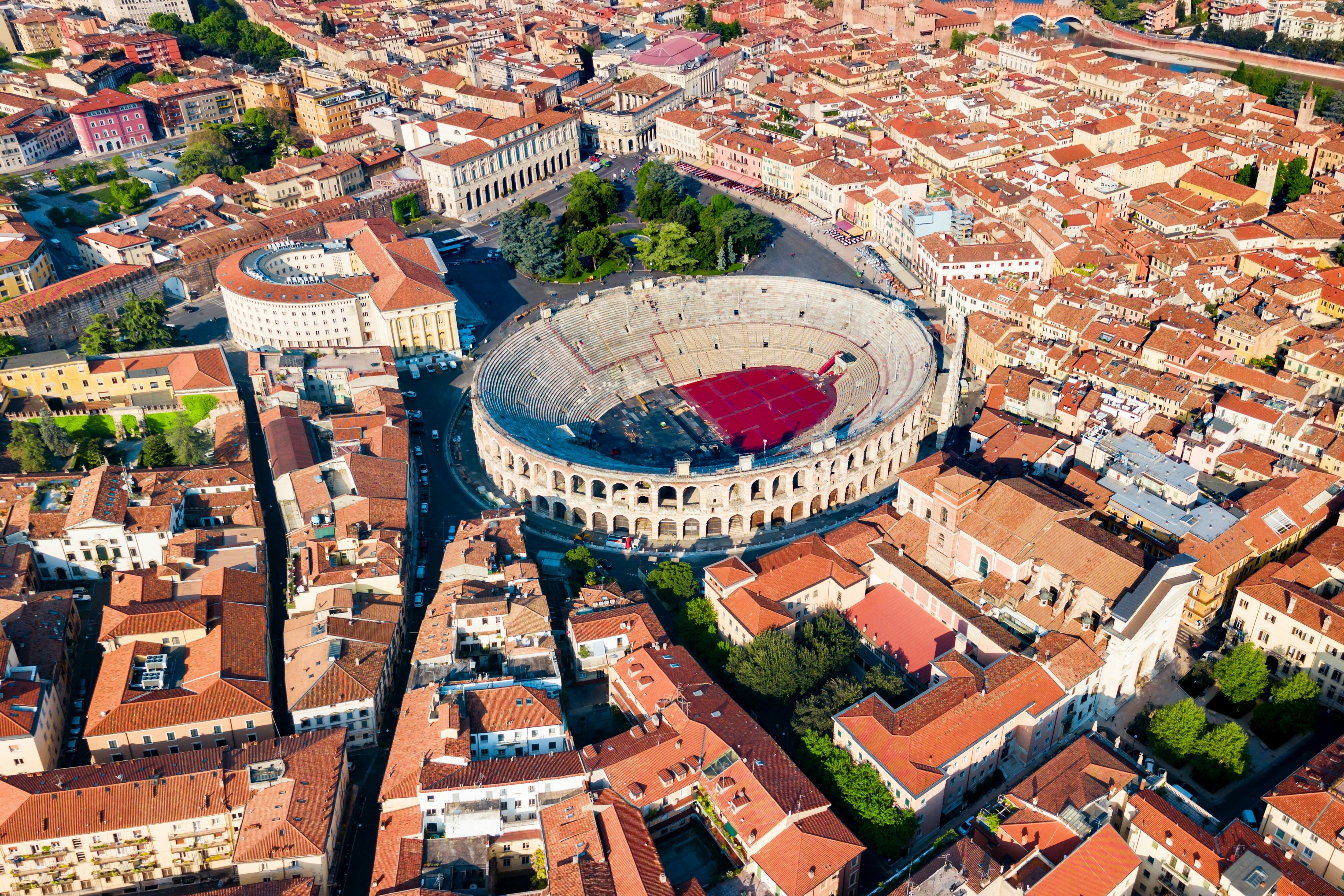
Verona: a famously romantic place
When you visit Verona, you’ll discover much more than setting for Shakespeare's Romeo and Juliet. The city’s attractive center is dominated by the gargantuan, remarkably well-preserved Roman amphitheater that will host the Olympics closing ceremony and Paralympics opening ceremony. You can learn more about arena, which seats 30,000, at the Archaeological Museum at the Roman Theater.
Ride the cable car or climb to the hilltop terraces of Castel San Pietro for sweeping views of the city. And enjoy the paintings and sculpture at Galleria d'Arte Moderna Achille Forti: the superb collection includes works by influential Italian artists such as Giorgio Morandi and Umberto Boccioni.
The best news? All these locales are winners. Let the games begin!















